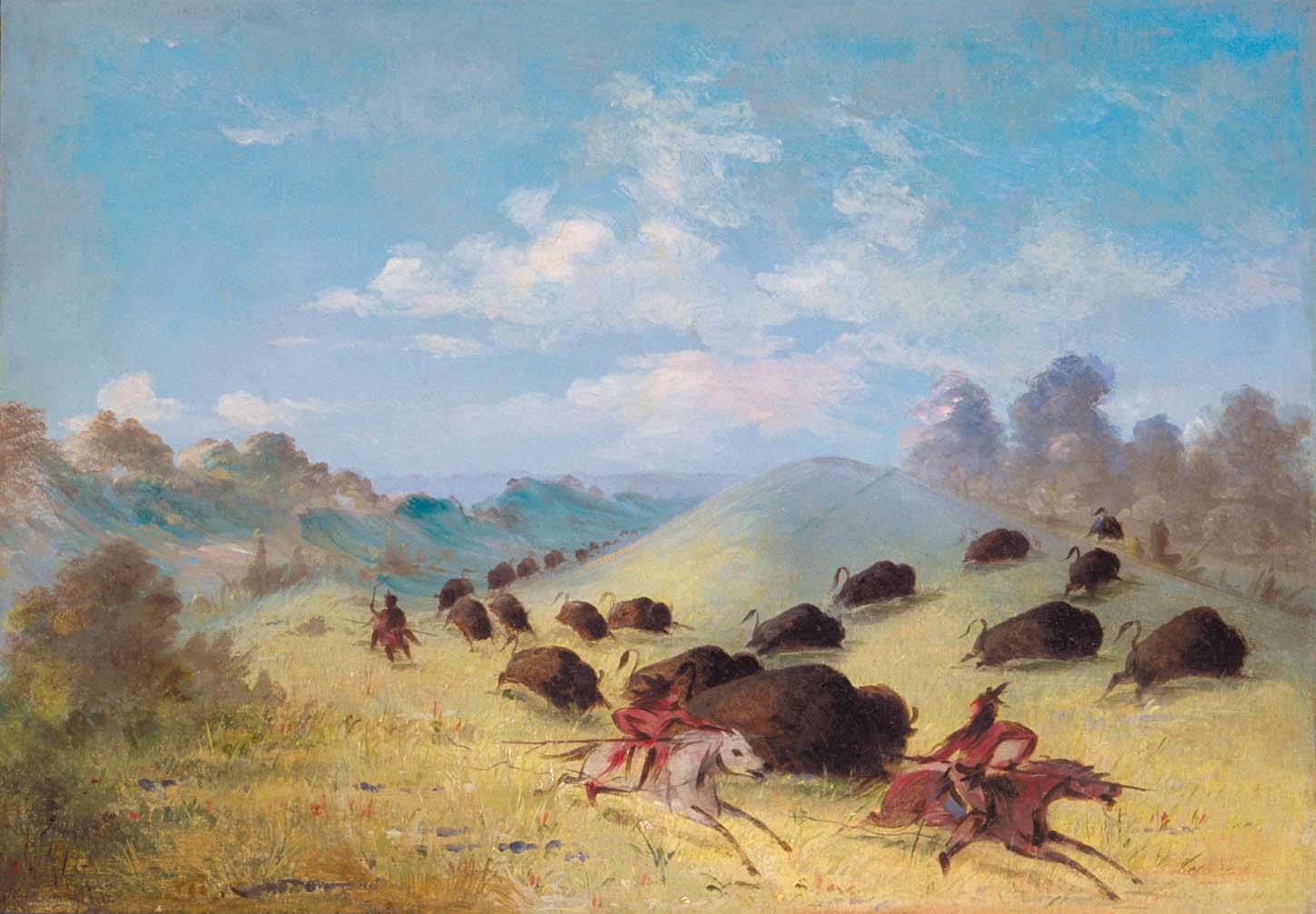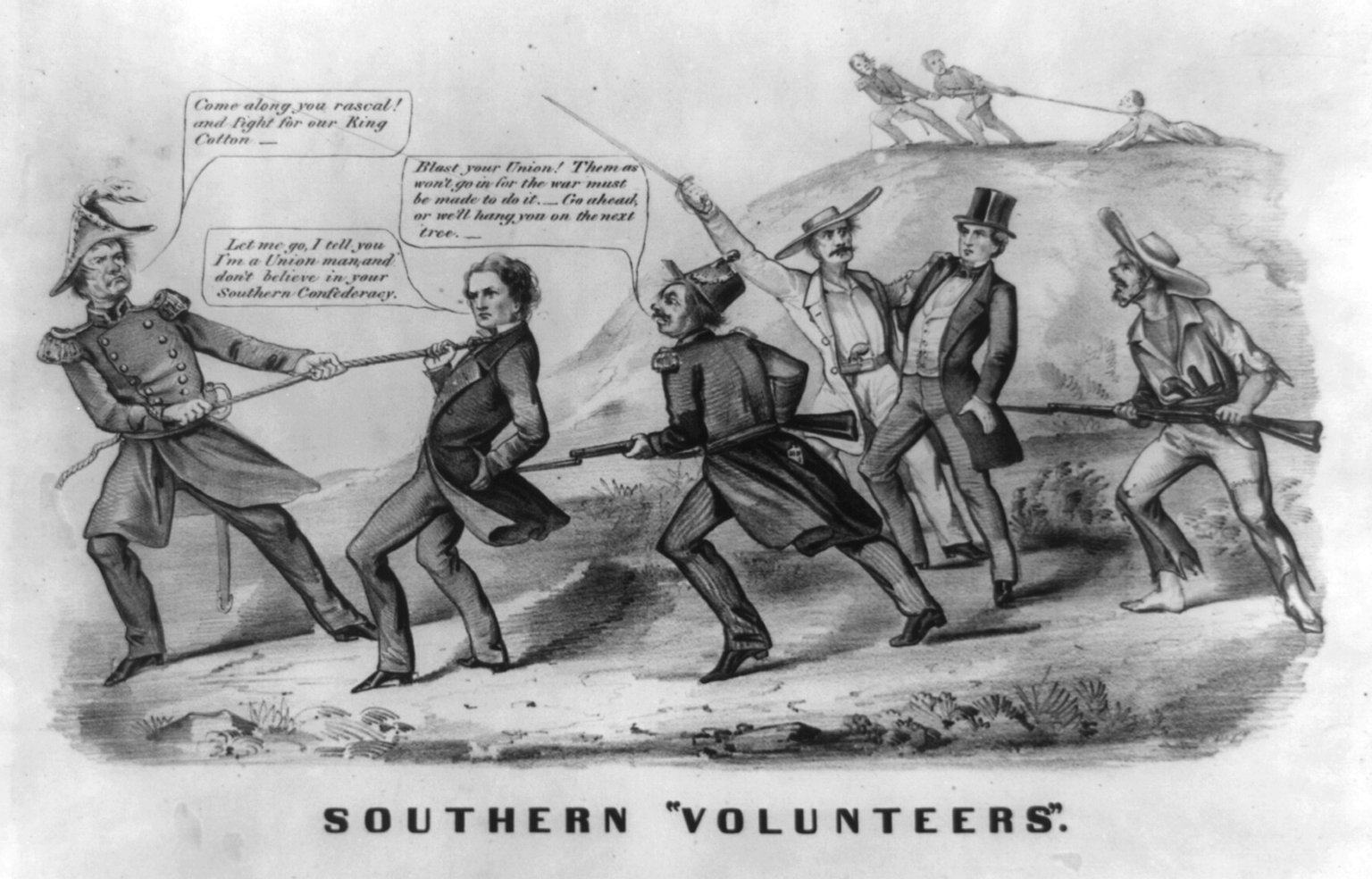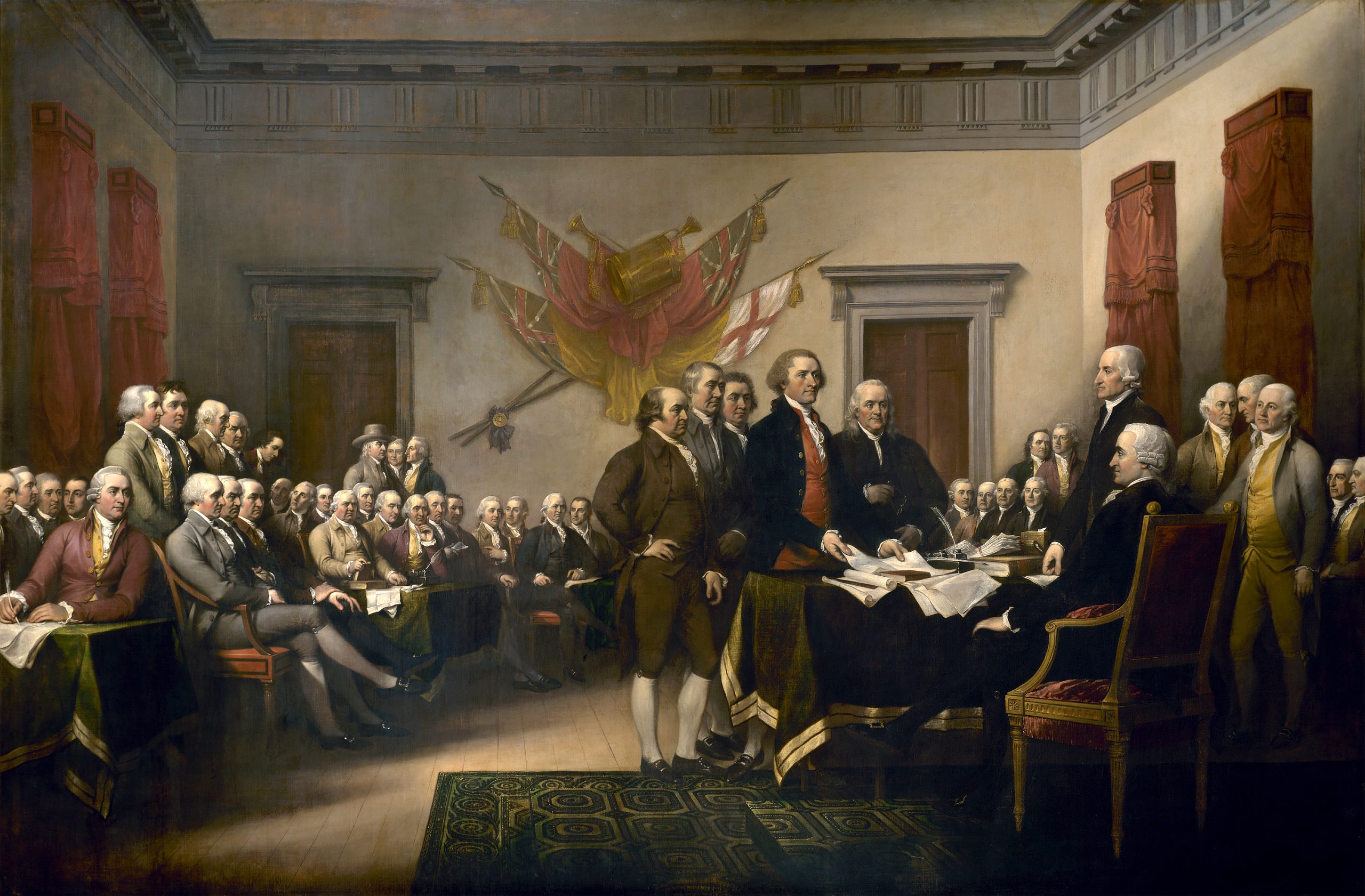The Advanced Placement U.S. History Exam (APUSH Exam), organized by the College Board, is a significant part of the high school curriculum in the United States. Offering a chance to earn college credits, this exam gauges students’ understanding of U.S. history across different periods.
The exam comprises multiple-choice questions, short-answer questions, a document-based question, and a long essay question. Here, we concentrate on the multiple-choice section, providing sets of questions across five key periods of U.S. history.
Spanish Exploration and Colonial Society
Question 1
What significant impact did Spanish exploration and the Spanish colonial system have on Native Americans during the 16th century?
- A. Spanish integration with Native Americans led to the development of an American culture.
- B. Spanish respected the natural resources of Native American lands, avoiding any form of exploitation.
- C. Spanish exploration led to a loss of native peoples’ lives due to disease and conflict.
- D. Spanish influenced technological innovation among Native Americans, leading to significant advancements in their societies.
Answer: C
Question 2
How did the Spanish exploration and colonization impact the demographic composition of the New World?
- A. It led to a homogeneous society where Spanish settlers and Native Americans lived in harmony.
- B. It led to a large influx of Irish immigrants, changing the cultural development of the New World.
- C. It brought about the forced displacement and death of many Native Americans, leading to demographic changes.
- D. It led to a rapid growth in the Native American population due to improved healthcare by the Spanish.
Answer: C
Question 3
What was the primary economic motivation for Spanish exploration and colonization?
- A. To set up a stable farming community for feeding Spanish soldiers.
- B. To find and exploit natural resources, especially gold and silver.
- C. To promote trade with the Native American tribes.
- D. To establish a strong military presence against Great Britain.
Answer: B
Question 4
Which religious movement was a significant influence on Spanish exploration?
- A. The Age of Reform.
- B. The Second Great Awakening.
- C. The Protestant Reformation.
- D. The Catholic Counter-Reformation.
Answer: D
Question 5
What was the encomienda system established by the Spanish in the New World?
- A. A system where the Spanish granted land to the Native Americans.
- B. A system of forced labor where the Spanish encomenderos were granted control over Native American labor.
- C. A system that prevented the Spanish from owning Native American land.
- D. A system of trade regulation to ensure fair trade between the Spanish and Native Americans.
Answer: B
Revolutionary Era
Question 1
Which event sparked the American Revolution?
- A. The Boston Tea Party
- B. The Boston Massacre
- C. The signing of the Declaration of Independence
- D. The issuance of the Proclamation of 1763
Answer: A
Question 2
Which document, signed in 1776, declared the independence of the American colonies from Great Britain?
- A. The U.S. Constitution
- B. The Declaration of Independence
- C. The Bill of Rights
- D. The Treaty of Paris
Answer: B
Question 3
Which foreign country was an essential ally to the American colonies during the Revolutionary War?
- A. Spain
- B. France
- C. Germany
- D. Russia
Answer: B
Question 4
Who was the commander of the Continental Army during the American Revolution?
- A. Thomas Jefferson
- B. Benjamin Franklin
- C. George Washington
- D. John Adams
Answer: C
Question 5
Which battle marked the turning point of the Revolutionary War in favor of the Americans?
- A. The Battle of Yorktown
- B. The Battle of Bunker Hill
- C. The Battle of Saratoga
- D. The Battle of Lexington and Concord
Answer: C
Early Republic and Constitutional Convention
Question 1
What was a significant outcome of the Constitutional Convention held in 1787?
- A. The adoption of the “New Deal” to manage the Great Depression.
- B. The rise of political parties due to regional interests.
- C. The drafting and signing of the U.S. Constitution, leading to a stronger federal government.
- D. The end of the Cold War and the assertion of the U.S. as a world power.
Answer: C
Question 2
Which of the following is not a compromise reached at the Constitutional Convention?
- A. The Three-Fifths Compromise.
- B. The New Jersey Plan.
- C. The Great Compromise.
- D. The Missouri Compromise.
Answer: D
Question 3
Which group was against the ratification of the Constitution?
- A. The Federalists.
- B. The Whigs.
- C. The Anti-Federalists.
- D. The Tories.
Answer: C
Question 4
The Federalist Papers, used to promote the ratification of the U.S. Constitution, were written by which of the following individuals?
- A. Thomas Jefferson and James Madison.
- B. James Madison, Alexander Hamilton, and John Jay.
- C. George Washington and Benjamin Franklin.
- D. John Adams and Thomas Paine.
Answer: B
Question 5
Which amendment to the U.S. Constitution provides for the freedom of speech and religion?
- A. The 1st Amendment.
- B. The 2nd Amendment.
- C. The 5th Amendment.
- D. The 10th Amendment.
Answer: A
Civil War Era
Question 1
What was the primary cause of the U.S. Civil War?
- A. Economic factors and trade disputes.
- B. Slavery and states’ rights.
- C. British interference in U.S. affairs.
- D. Disagreements over the U.S. Constitution.
Answer: B
Question 2
Which event marked the start of the Civil War?
- A. The Battle of Gettysburg.
- B. The Battle of Antietam.
- C. The firing on Fort Sumter.
- D. The Emancipation Proclamation.
Answer: C
Question 3
Which Union general is best known for his March to the Sea?
- A. Ulysses S. Grant.
- B. Robert E. Lee.
- C. William Tecumseh Sherman.
- D. George McClellan.
Answer: C
Question 4
What was the primary goal of the Emancipation Proclamation?
- A. To free all slaves in Confederate-held territory.
- B. To free all slaves in the United States.
- C. To promote equal rights for all races.
- D. To end the Civil War.
Answer: A
Question 5
Which amendment to the U.S. Constitution abolished slavery?
- A. The 14th Amendment.
- B.The 13th Amendment.
- C. The 15th Amendment.
- D. The 16th Amendment.
Answer: B
The Great Depression and the New Deal
Question 1
What was the leading cause of the Great Depression in the 1930s?
- A. The stock market crash of 1929.
- B. The advent of World War II.
- C. The failure of the New Deal policies.
- D. The attack on Pearl Harbor.
Answer: A
Question 2
Who was the U.S. president during the Great Depression and World War II?
- A. Franklin D. Roosevelt.
- B. Herbert Hoover.
- C. Woodrow Wilson.
- D. Harry S. Truman.
Answer: A
Question 3
What was the purpose of the New Deal policies?
- A. To regulate the stock market and prevent future crashes.
- B. To provide relief, recovery, and reform in the wake of the Great Depression.
- C. To prepare the U.S. for involvement in World War II.
- D. To establish a national healthcare system.
Answer: B
Question 4
Which New Deal program provided jobs in natural resource conservation?
- A. The Works Progress Administration (WPA).
- B. The Civilian Conservation Corps (CCC).
- C. The Tennessee Valley Authority (TVA).
- D. The Public Works Administration (PWA).
Answer: B
Question 5
What was the long-term impact of the New Deal on the American economy?
- A. It led to significant economic growth and the end of the Great Depression.
- B. It expanded the role of the federal government in the economy.
- C. It led to a decline in the American manufacturing sector.
- D. It failed to bring about significant changes in the economy.
Answer: B
These questions provide an understanding of what to expect on the APUSH Exam. Studying for this exam requires not just memorization, but the ability to interpret primary and secondary sources. In addition to these multiple-choice questions, focus on free-response and document-based questions for a comprehensive study approach.



